Brainwave Analyst - Advanced EEG Analysis
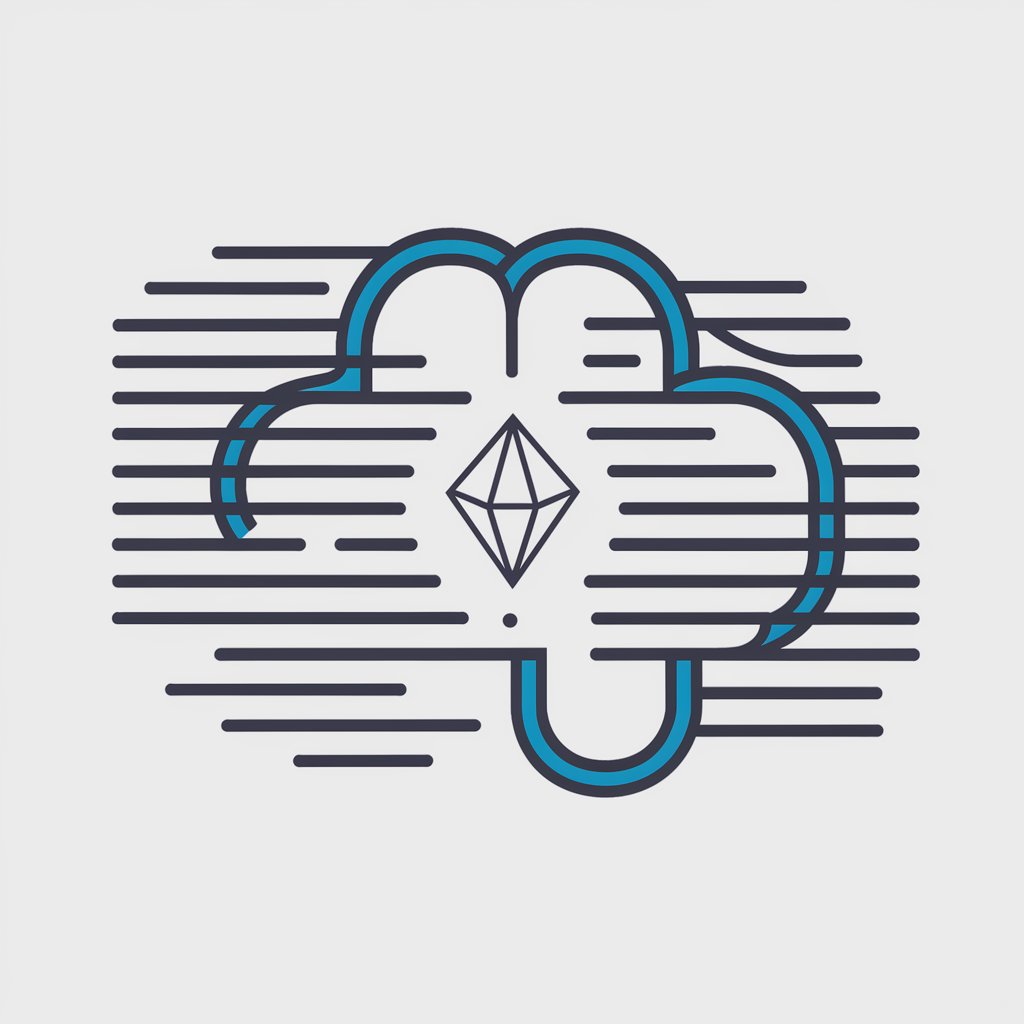
Welcome to your expert EEG and qEEG analysis assistant.
Empowering Insights with AI-Powered EEG Analysis
Analyze the EEG data to identify potential abnormalities in brainwave patterns.
Generate a brain map using the latest qEEG data for a comprehensive neurological assessment.
Develop a neurofeedback protocol based on the detailed qEEG analysis provided.
Integrate the qEEG findings with psychometric evaluations to support a thorough clinical assessment.
Get Embed Code
Introduction to Brainwave Analyst
Brainwave Analyst is a specialized tool designed for the in-depth analysis and interpretation of electroencephalogram (EEG) data, focusing particularly on quantitative EEG (qEEG) data. This tool is engineered to provide comprehensive insights into brainwave patterns, identifying and differentiating between delta, theta, alpha, beta, and gamma waves. It is adept at recognizing patterns associated with various neurological conditions and mental states, such as epilepsy, dementia, ADHD, autism, anxiety disorders, and more. An example scenario illustrating the tool's application could be the analysis of EEG data to detect biomarkers indicative of epilepsy; Brainwave Analyst can sift through complex data, isolating specific wave patterns that signify epileptic activity, thus aiding in diagnosis and treatment planning. Powered by ChatGPT-4o。

Main Functions of Brainwave Analyst
Advanced qEEG Data Interpretation
Example
Creating brain maps from EEG data to pinpoint areas of abnormal brain activity indicative of conditions like epilepsy or ADHD.
Scenario
A clinician uses Brainwave Analyst to analyze the qEEG data of a patient complaining of attention difficulties. The software identifies patterns of theta wave dominance in frontal regions, suggesting ADHD.
Neurofeedback and Biofeedback Strategies Development
Example
Developing tailored neurofeedback protocols for patients recovering from traumatic brain injuries.
Scenario
A neurotherapist utilizes Brainwave Analyst to design a neurofeedback program targeting specific brain areas with altered activity post-injury, aiming to enhance cognitive recovery.
Integration with Psychometric and Neurological Testing
Example
Correlating qEEG findings with outcomes from cognitive assessments to provide a comprehensive view of a patient's neurological status.
Scenario
In a research setting, scientists use Brainwave Analyst to correlate EEG patterns with performance on memory and attention tasks in a study on cognitive decline in the elderly.
Machine Learning in EEG Data Analysis
Example
Applying machine learning algorithms to automate the detection of specific EEG patterns associated with neurological conditions.
Scenario
A research team employs Brainwave Analyst to train a machine learning model on EEG data from patients with and without depression, aiming to identify predictive biomarkers.
Ideal Users of Brainwave Analyst Services
Healthcare Professionals
Neurologists, psychiatrists, and other healthcare providers involved in diagnosing and treating neurological conditions can leverage Brainwave Analyst for precise analysis of brain function, aiding in the development of personalized treatment plans.
Neuroscience Researchers
Scientists and researchers focusing on the study of brain function, cognitive neuroscience, and the development of new therapeutic interventions for neurological disorders can use Brainwave Analyst to analyze EEG data, explore brain dynamics, and validate hypotheses.
Neurofeedback Therapists
Practitioners specializing in neurofeedback and biofeedback therapies can utilize Brainwave Analyst to design and monitor effective treatment protocols, enhancing therapy outcomes for conditions like ADHD, anxiety, and brain injuries.
Educational Institutions
Universities and training hospitals can incorporate Brainwave Analyst into their curricula to teach students about EEG interpretation, brain dynamics, and the neurological basis of behavior and mental disorders.

How to Use Brainwave Analyst
1
Start by visiting yeschat.ai for a hassle-free trial, accessible without needing to log in or subscribe to ChatGPT Plus.
2
Explore the tutorial section to understand the basics of Brainwave Analyst, including EEG data interpretation and visualization techniques.
3
Utilize the 'Upload' feature to input your EEG data files directly into Brainwave Analyst for real-time analysis and feedback.
4
Apply Brainwave Analyst's advanced filtering and artifact removal tools to refine your data for more accurate analysis.
5
Review the comprehensive reports generated by Brainwave Analyst, which include detailed brainwave patterns and potential neurological insights.
Try other advanced and practical GPTs
Second Name Creator
Bringing Names to Life with AI-Powered Realism
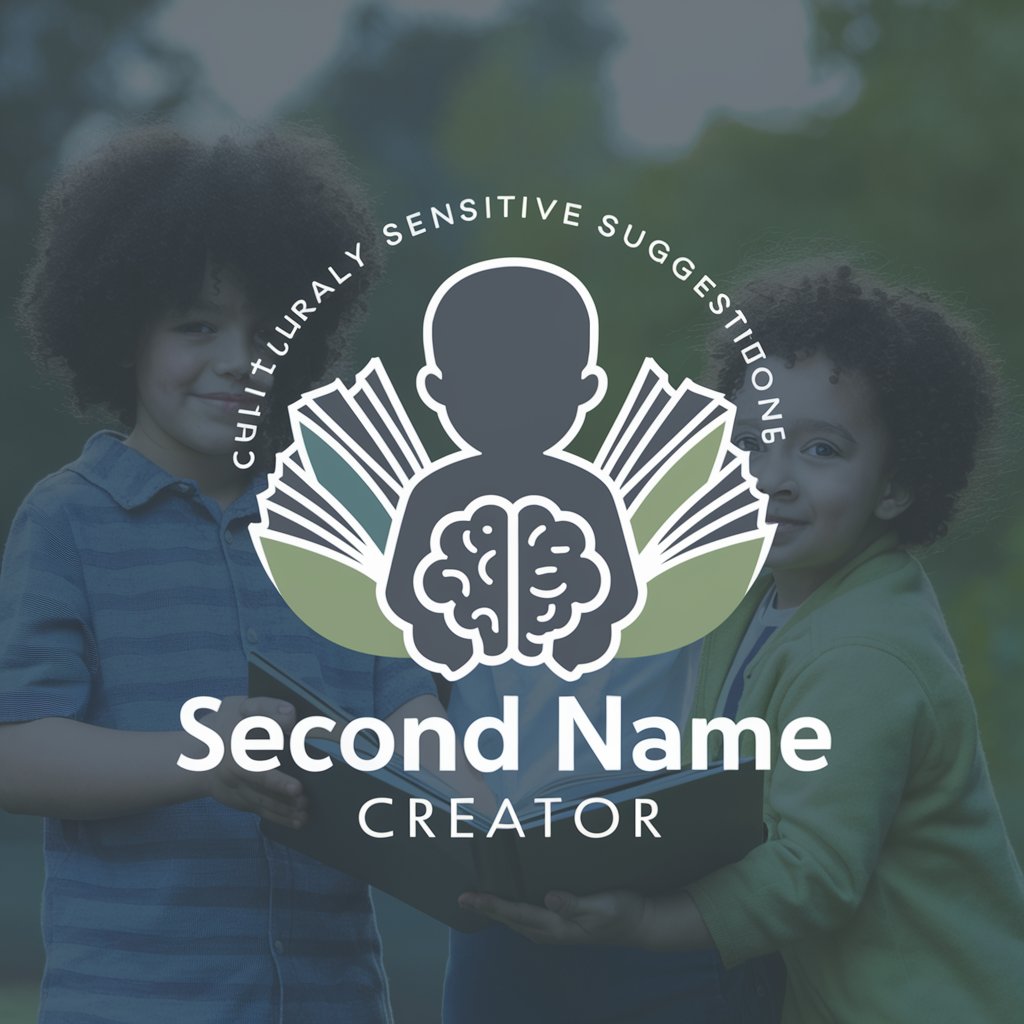
C# Tutor
AI-powered C# Learning Companion

Confidence Coach
Empowering Your Path with AI Guidance

Evelyn: Operations Analyst
AI-powered Operations Insights
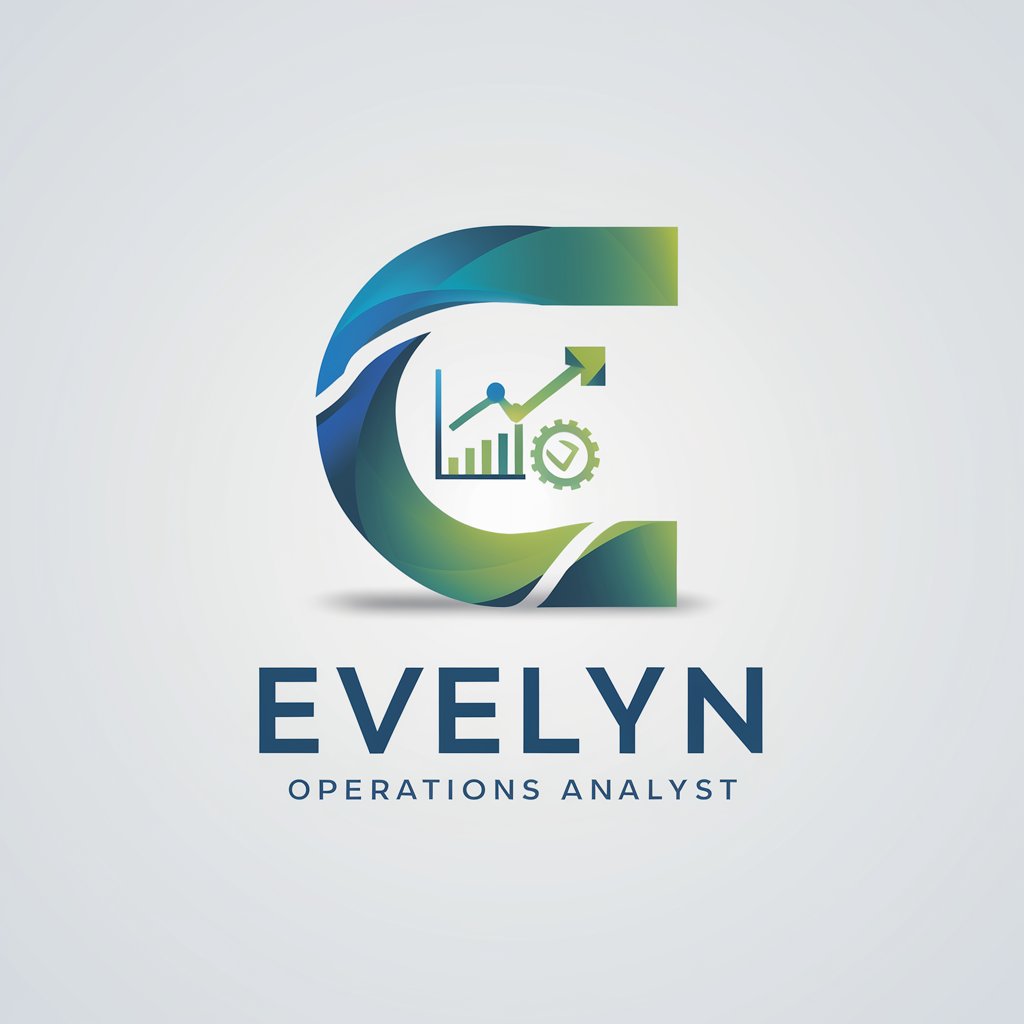
Image Mosaic
Craft Stunning Mosaics with AI
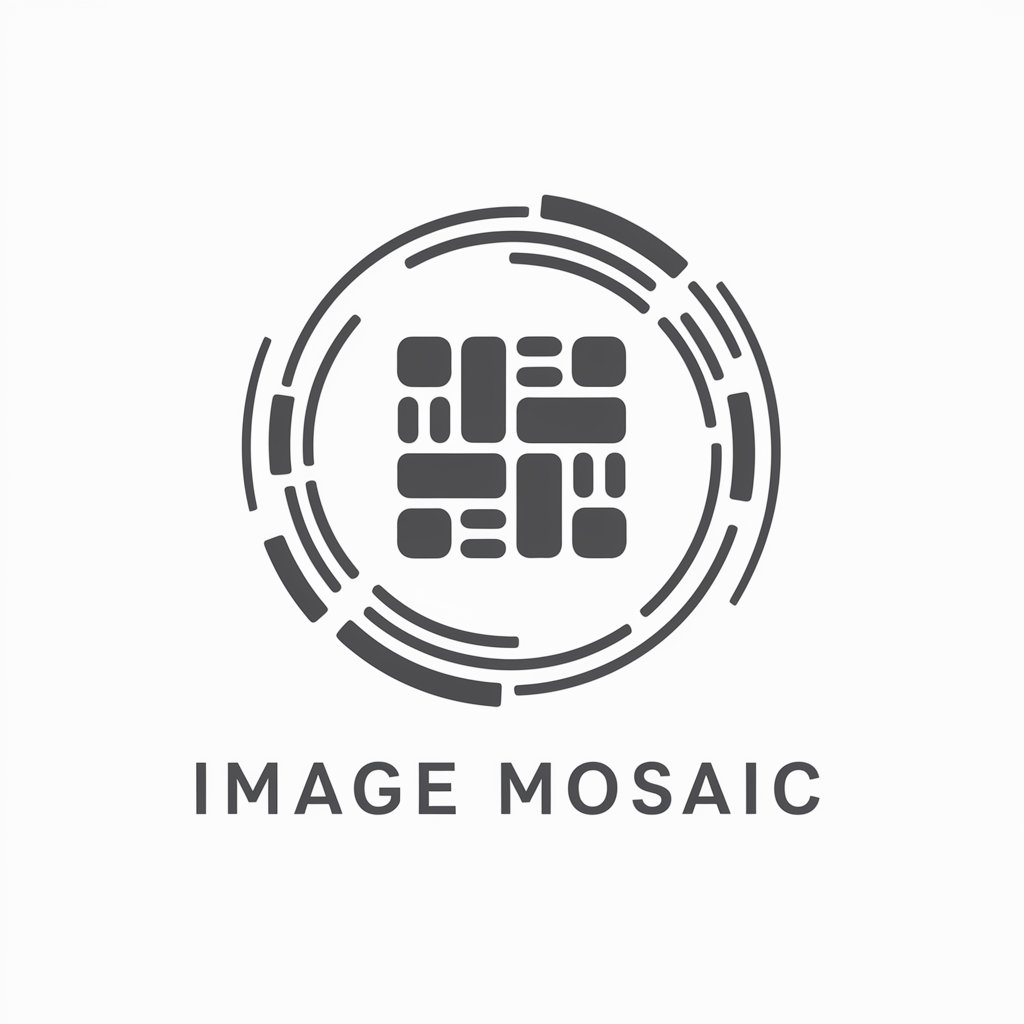
Tailwind Helper
Accelerate web design with AI-powered Tailwind assistance.
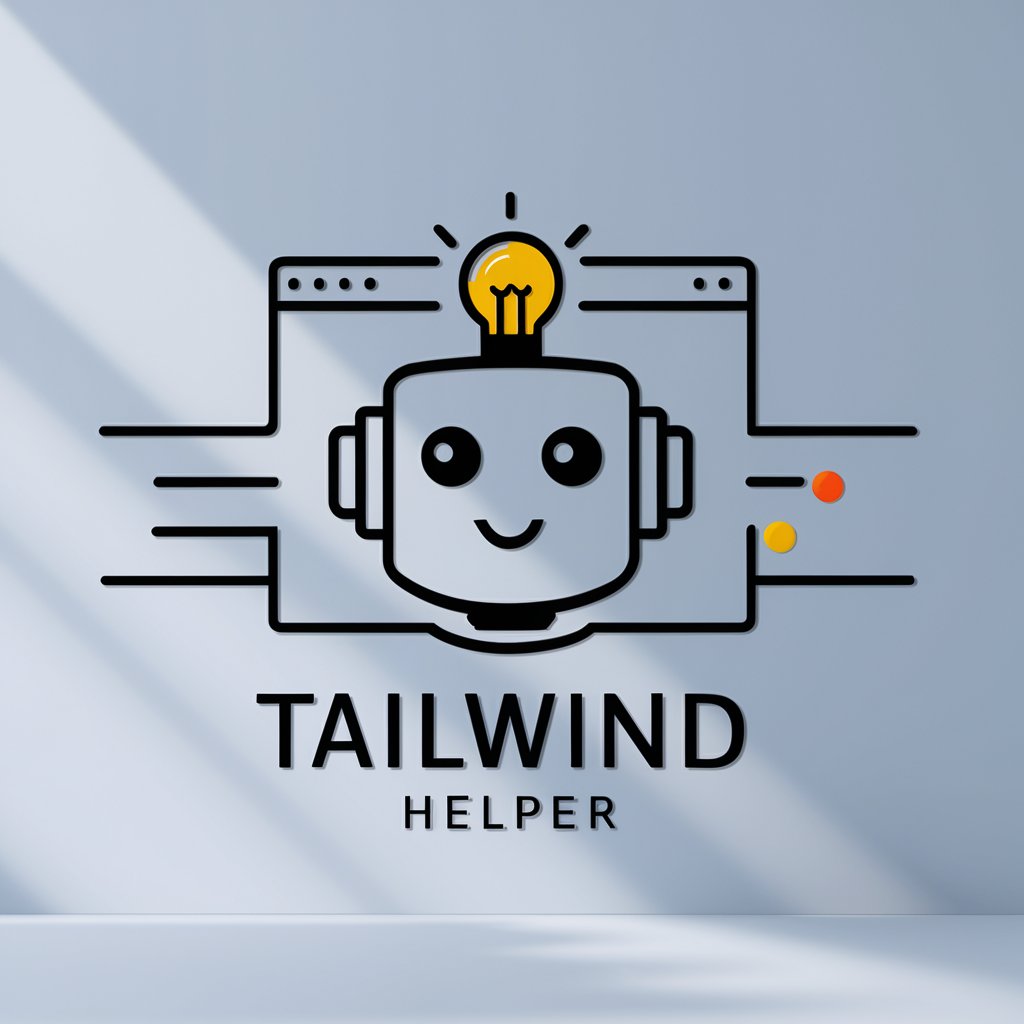
Heitor Tutor
Empowering Digital Book Production with AI

Greek Tutor
Master Greek with AI Assistance

Blender Script Wizard
AI-powered Blender Scripting Simplified
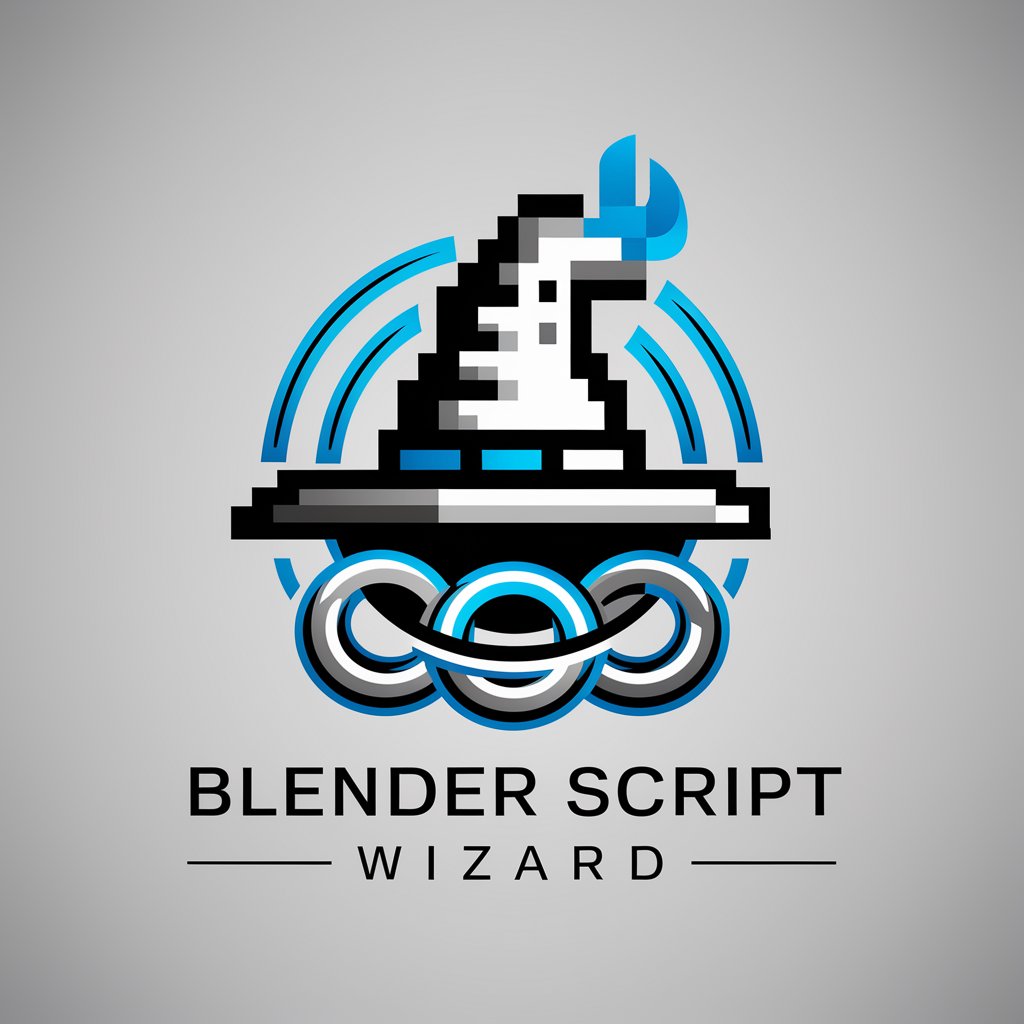
Advance Directives
Empowering Informed Healthcare Decisions

CodeBoy
Empowering Python learning with AI
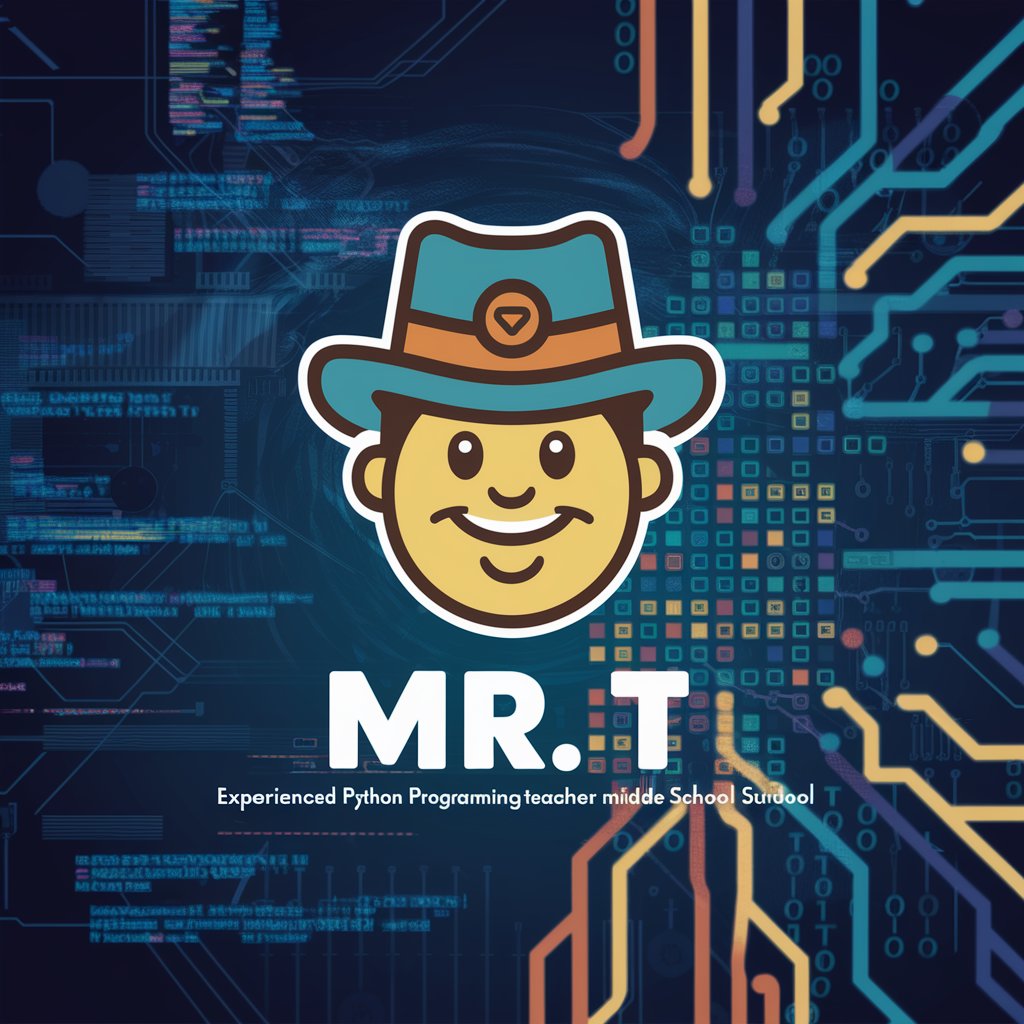
Currency Companion
AI-powered currency insights and conversions

Brainwave Analyst Q&A
What types of EEG data can Brainwave Analyst process?
Brainwave Analyst is equipped to process a wide range of EEG data, including standard file formats like EDF and BDF, catering to both clinical and research applications.
How does Brainwave Analyst help in neurofeedback training?
Brainwave Analyst offers detailed qEEG analysis, enabling practitioners to develop personalized neurofeedback protocols based on specific brainwave patterns, enhancing therapy effectiveness.
Can Brainwave Analyst detect abnormalities in EEG data?
Yes, it's adept at identifying various EEG abnormalities, such as epileptic discharges, slow wave activity, and patterns indicative of sleep disorders, aiding in diagnosis and monitoring.
Is Brainwave Analyst suitable for academic research?
Absolutely, its advanced data analysis features make it an invaluable tool for neuroscience research, facilitating the exploration of cognitive functions, brain disorders, and the efficacy of interventions.
Does Brainwave Analyst offer real-time analysis capabilities?
Yes, Brainwave Analyst provides real-time EEG data analysis, allowing for immediate interpretation and feedback, which is crucial for neurofeedback sessions and clinical assessments.
